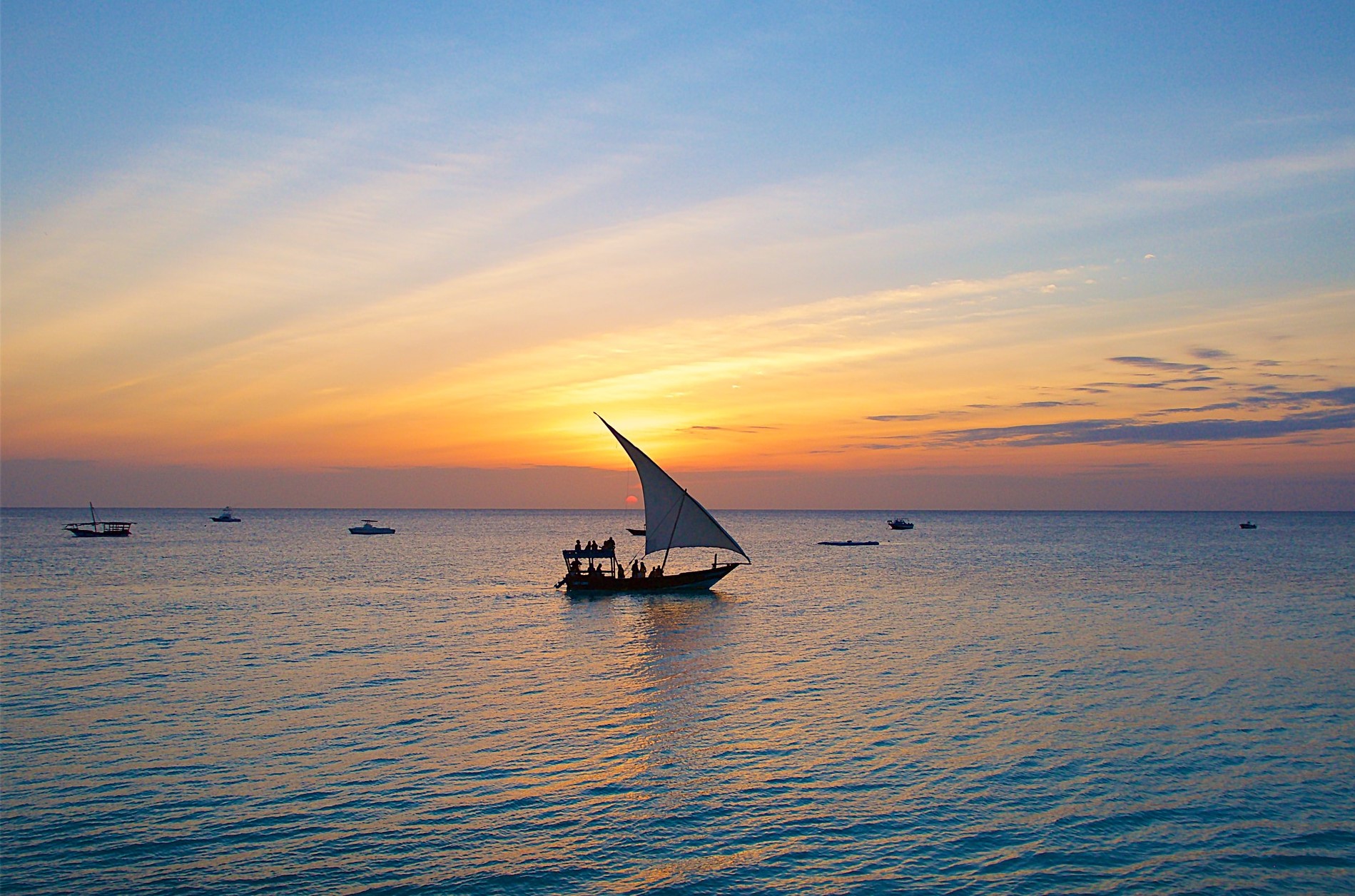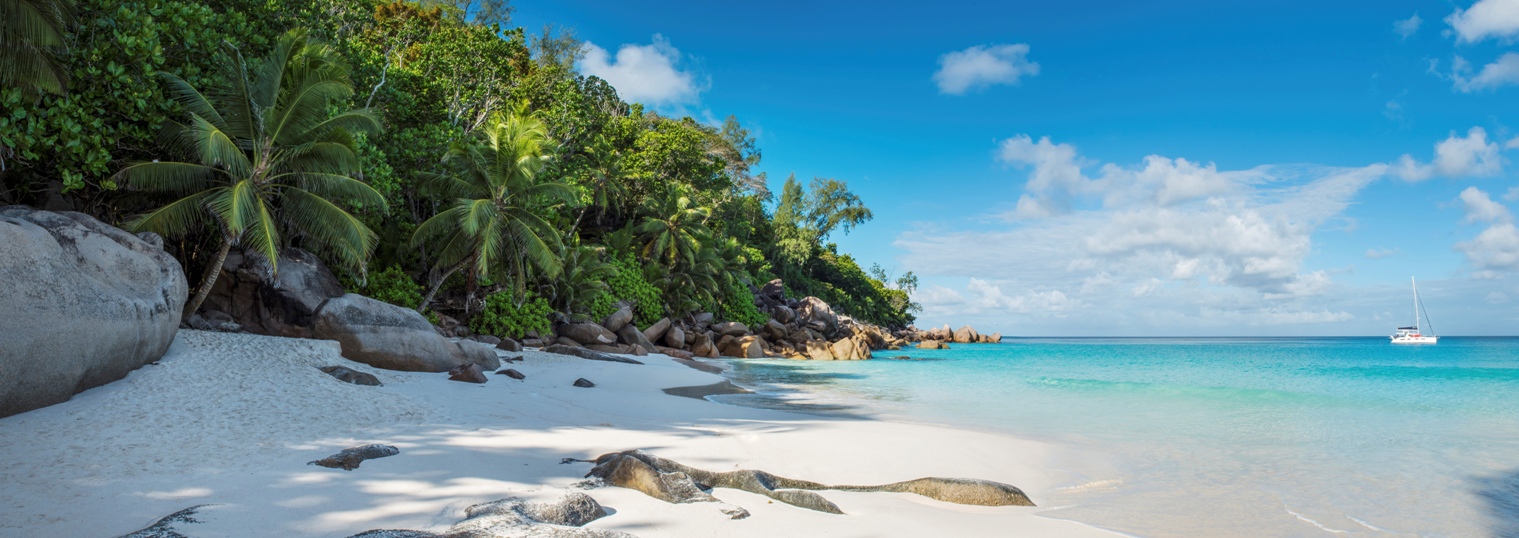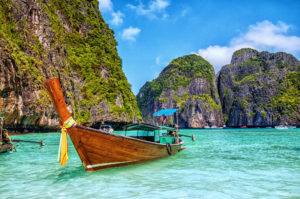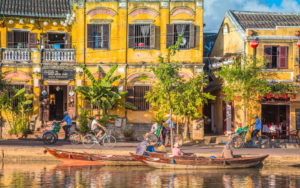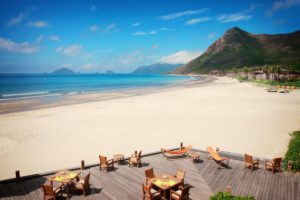Best Time to Visit
All of these destinations enjoy warm weather year-round, but when is the best time to visit the different areas of each country or for a specific activity…
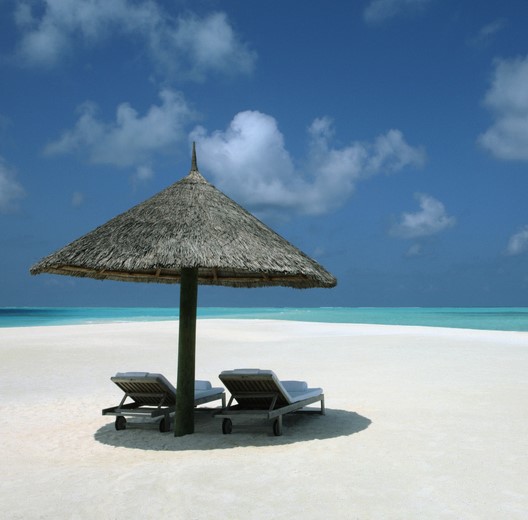
Maldives
Maldives enjoys a year-round warm, tropical climate. Throughout the year daytime temperatures generally range between 26-30°C and only drop by a few degrees at night. Sea temperature rarely falls below 25°C.
There are two seasons: the south-west monsoon from June to November brings rain while the north-east monsoon from December to May is dry and less humid. The wettest and more humid months are August to October while the driest months are December to April.
Scuba diving and snorkelling is possible year-round but visibility is particularly good from January to April. From May to November visibility is slightly reduced due to plankton in the water; however, the huge advantage is this attracts manta rays and whale sharks that come to feed on the plankton.
Do not be put off travelling in the wet season because the rain showers while more frequent and heavier than usual do not usually last for very long. If you travel during this period you can take advantage of the best value offers and the resorts are also less busy.
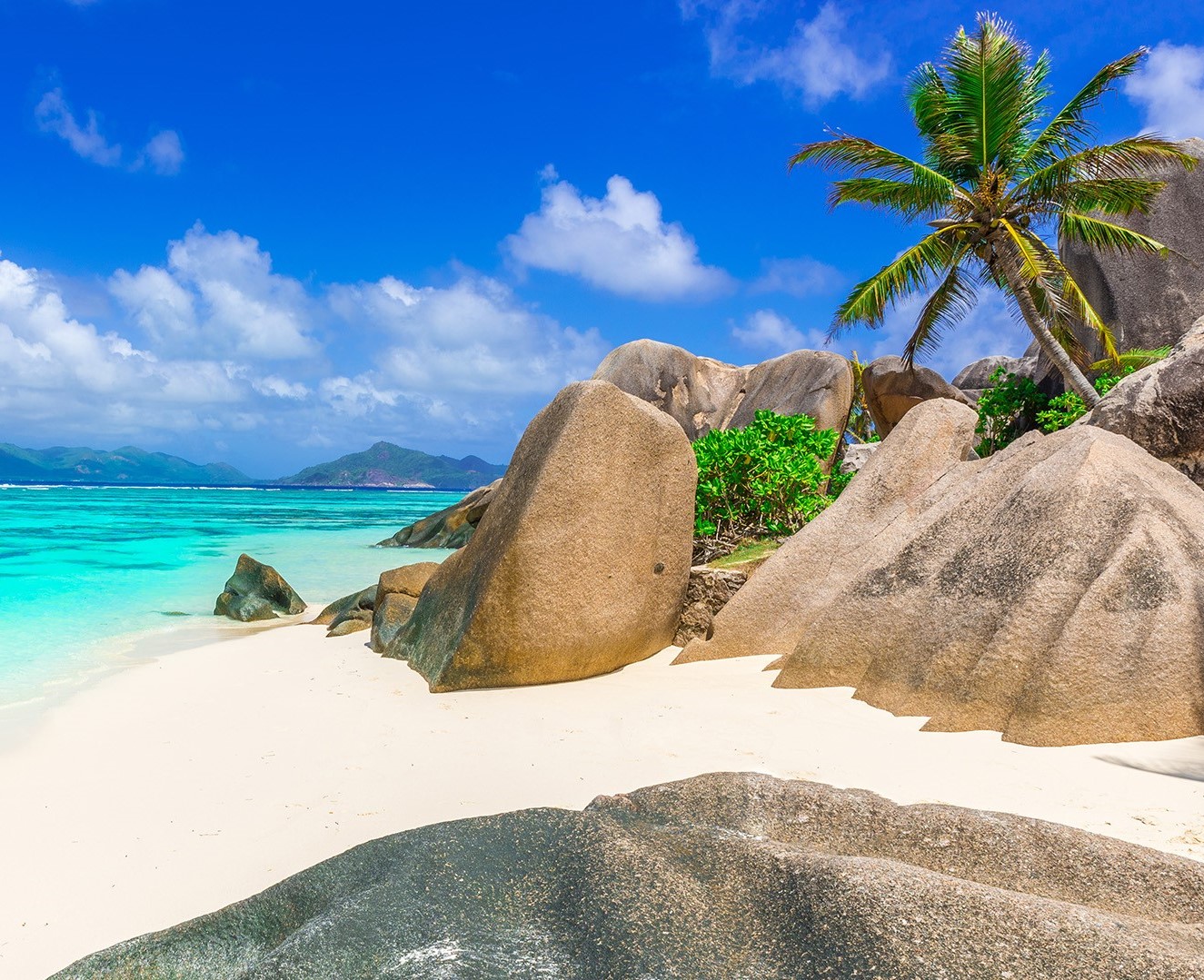
Seychelles
Seychelles enjoys a year-round warm, tropical climate. Throughout the year daytime temperatures generally range between 26-30°C and only drop by a few degrees at night. Sea temperature rarely falls below 25°C.
Two opposing trade winds govern the weather pattern. The north-westerly trades from November to March bring more rain and humid conditions. Expect short downpours or storms usually followed by hot and sunny weather again. The south-easterly trades from May to September bring dry, cooler, less humid and breezier conditions ideal for beach activities, sailing and walking.
The periods of calm between the trade winds produce fairly warm and wind-free conditions throughout April and also in October.
Conditions for swimming, snorkelling and especially scuba diving are superb during March to May and September to November when the water temperature sometimes reaches 29ºC and visibility is often more than 30 metres.
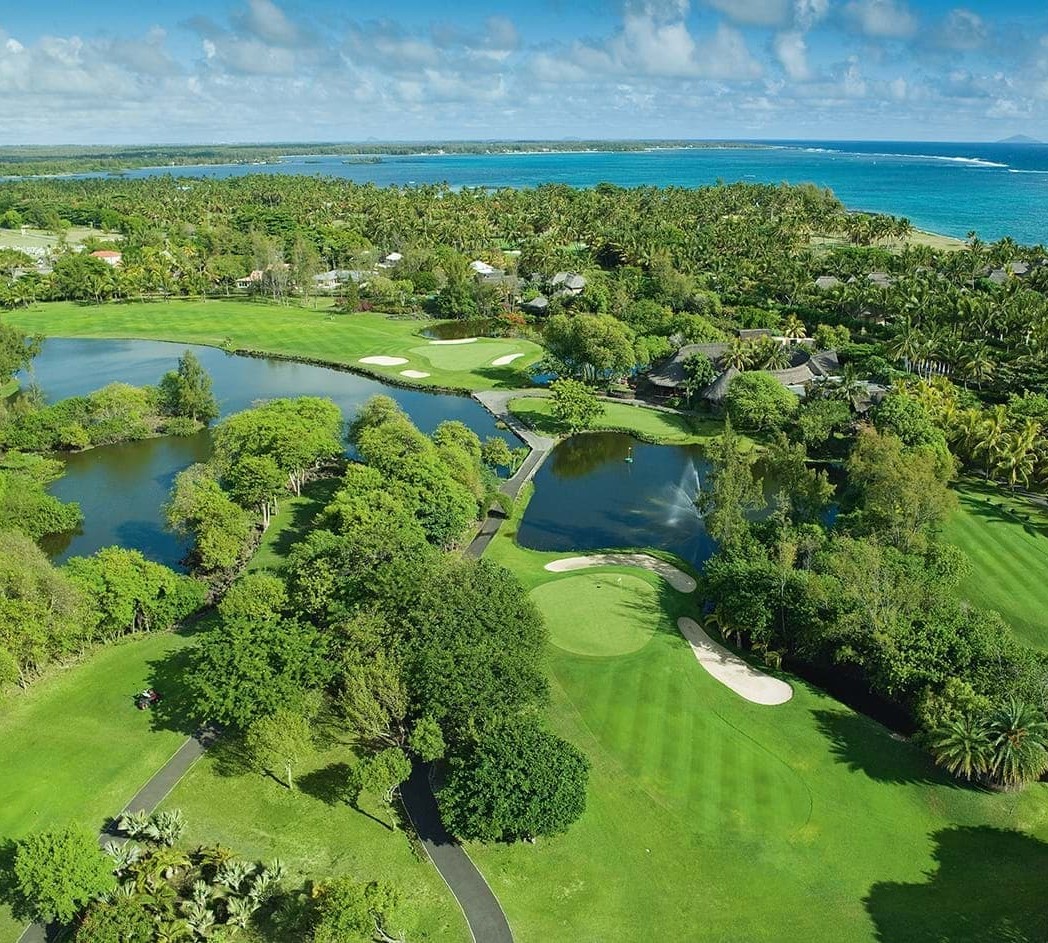
Mauritius
Mauritius enjoys a relatively mild climate with moderate temperatures and occasional rainfall throughout the year. The most pleasant times to visit are April to June and September to December. The north and west coasts are generally warmer and drier than the east and south.
Summer from November to April is hot and humid and with abundant rainfall especially in February and March. The cyclone season is from November to April but because of the small size of the island, it is rare for a direct hit. However, if one comes close enough, strong winds may affect vegetation and cause some damage. All of the country’s beach resorts have been constructed so as to be able to withstand strong cyclonic winds.
Winter from May to October is cooler and dry with prevailing winds from the east and south-east and daytime temperatures around 23-27°C. The lowest temperatures are in August when it can be as low as 20°C during the day. Nowadays, most hotels have heated pools.
The best months for surfing are June to August while for scuba diving and deep sea fishing it is from December to March.
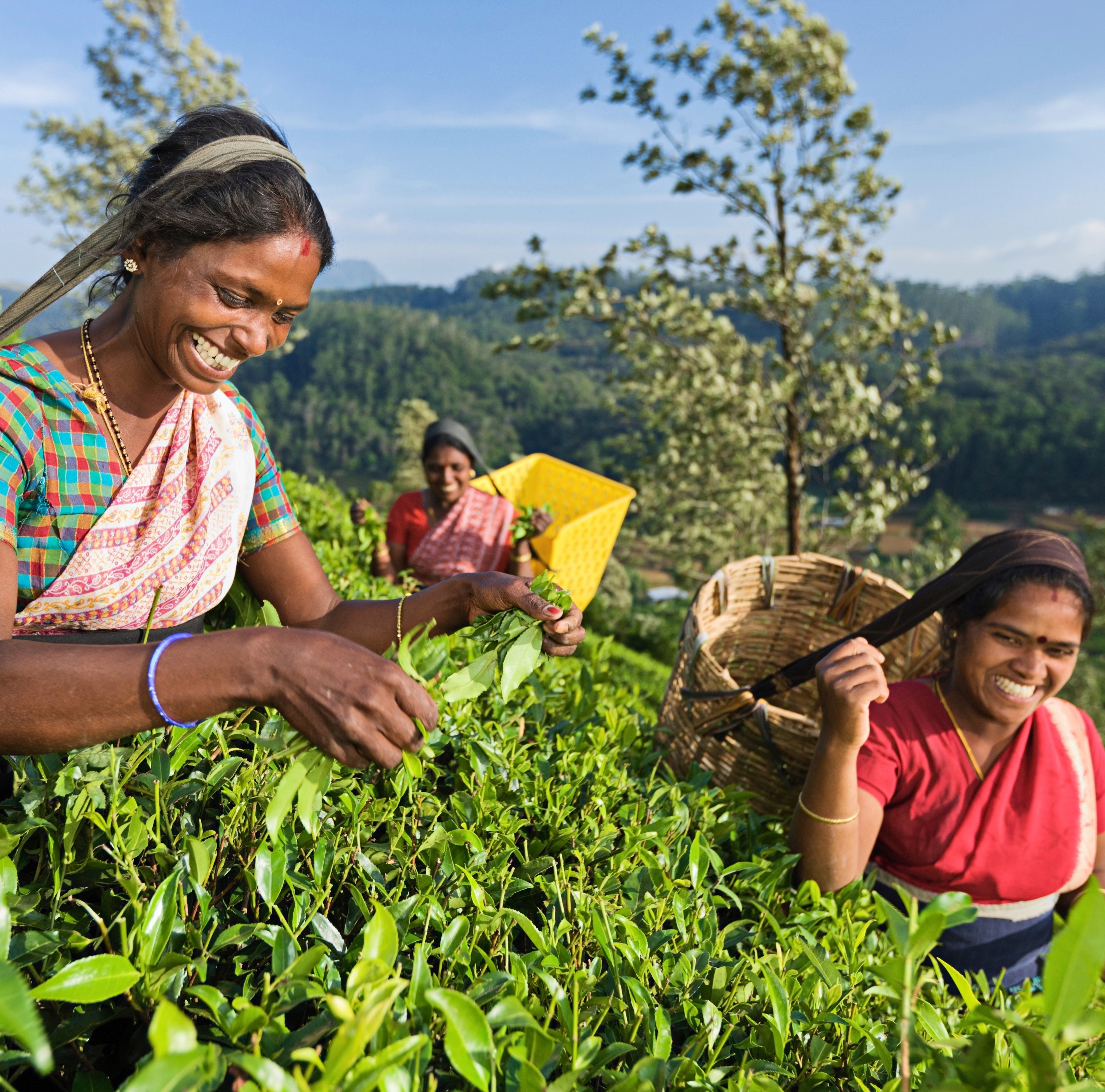
Sri Lanka
Sri Lanka is genuinely a year-round holiday destination. Temperatures are fairly constant year round, with coastal areas enjoying average temperatures of 25-30°C and the highlands 15-20°C.
Between May and September, the south west monsoon brings rain to the west and south west coasts, while the dry season in those areas is from December to March. Between October and January, the north east monsoon brings rain to the north and east coasts, while the dry season in those areas is from May to September. During October and the first half of November, rain and thunderstorms can occur across the island.
The cultural triangle, including Sigiriya, Dambulla and Anuradhapura, is in a ‘dry zone’. Apart from high rainfall in November and December, the area remains fairly dry throughout the year, although there can be hot and fairly strong winds in June and July. Kandy is at lower altitude than the ‘Tea Country’ so expect higher temperatures and lower rainfall than in the hills. The weather in the Tea Country is influenced by both monsoons and with the region sitting at nearly 2,000 metres above sea level, it is much cooler than elsewhere in Sri Lanka.
Peak travel season to Sri Lanka is December to April, but the benefit of travelling outside of this period is that visitor number are much lower.
Thailand
Thailand’s high season is November to February, when the weather is generally at its best throughout the country.
In northern Thailand (Bangkok, Chiang Mai, Chiang Rai etc…) the dry season is between November and May while the wet season is from June to October. Cooler temperatures can be enjoyed between October and January.
The south can be split into two. The wettest months on the west coast (Phuket, Krabi, Khao Lak etc…) are between late May and October while the east coast (Koh Samui, Koh Phan Ngan, Hua Hin etc…) experience rain from September to December.
Vietnam
Vietnam is typically warm and humid but the weather can vary significantly from one region to another due to the country’s length. With more than 2,000 miles of coastline, there are different weather systems which can be split by region.
In Hanoi and the north, May to October is hot and humid with high rainfall while November to April is cooler and dry. In the far north, December and January can be particularly cold.
Central Vietnam experiences hot, dry weather between January and August when temperatures can hit the mid-30s°C while high levels of rainfall can occur from September to November.
Southern Vietnam is generally dry and hot from November to April, and warm and wet between May and October. The highest rainfall is from June to August.
Cambodia
Cambodia has two distinct weather seasons. The dry season is from October to April, and the wet season from May to September, with the heaviest rainfall generally in August and September. Average temperatures range from 24°C from October to December to 35°C from March to June.
The coastal towns of Kep and Sihanoukville in the south are popular during the dry season when the sea conditions are also favourable. This is also a popular time for visitors to Siem Reap visiting the Angkor Temples, however, by April, it is scorching hot.
Travelling during the wet season can also have its advantages – the dust is gone and the lush greenery in the countryside returns. Angkor Wat is especially stunning in the wet season with moats brimming with water and a drop in visitor numbers. The wet season is also the perfect time to visit the flooded forests and floating villages of Tonle Sap Lake by boat.
Barbados
Barbados is a great destination for year-round sunshine and warm weather. The driest time of year is December to April when temperatures reach a maximum of 29-30°C on average.
The wet season from July to November brings heavy rainfall, especially in September and October. These months also have a risk of hurricanes but these are rare due to Barbados’s easterly position in the Caribbean. The wet season in Barbados tends to involve short downpours or storms, usually followed by hot and sunny weather again which dries everything up quickly.
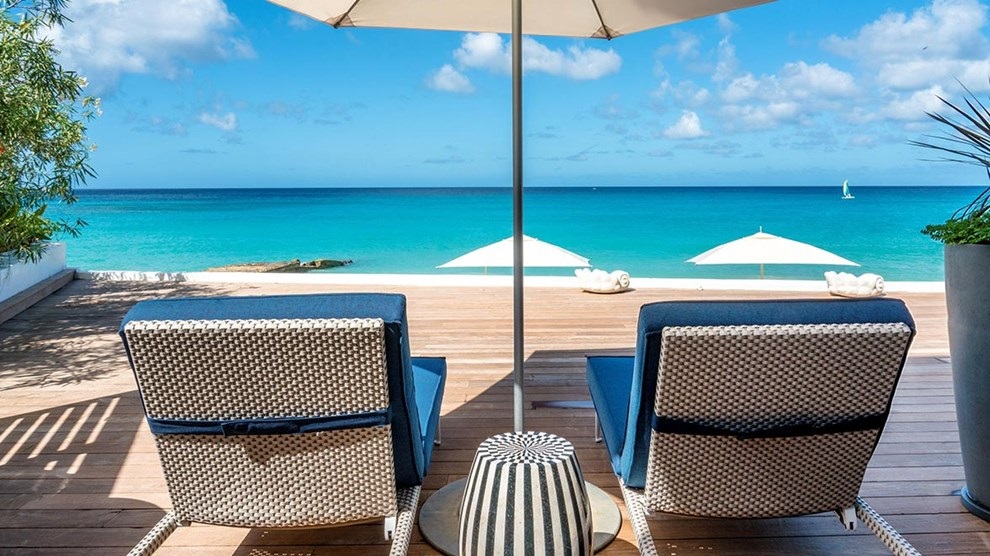
Zanzibar
The dry season in Zanzibar is from June to October and the most popular time to visit. During this period, conditions are cooler. Another popular time to visit is from December to February when it is hot and dry.
The main rainy season, known as the ‘long rains’ is from March to May when afternoon tropical downpours are the norm. During November and December there is another rainy season known as the ‘short rains’ when rainfall is much lighter and less frequent.
The best times to scuba dive off the coast of Zanzibar, are in July and August and in February and March. Diving off the north coast is particularly good from June to October and off the south coast between November and March.
